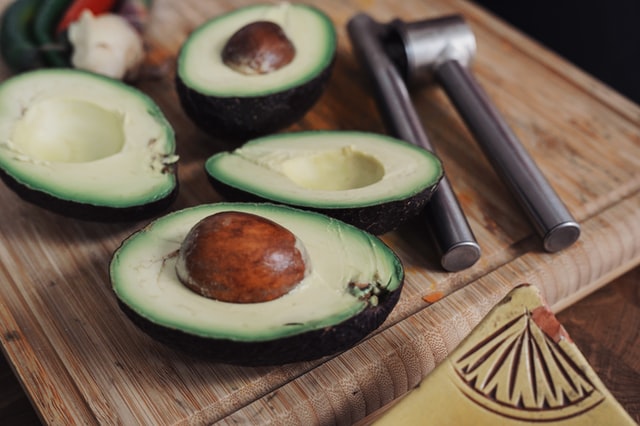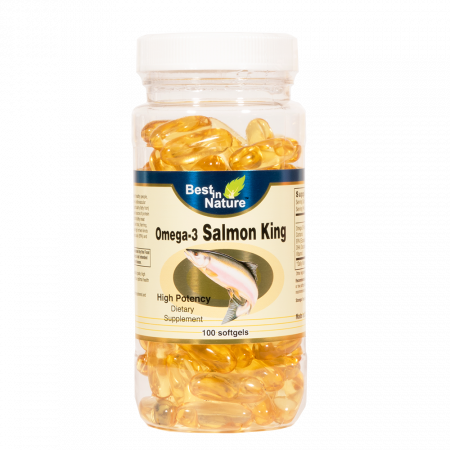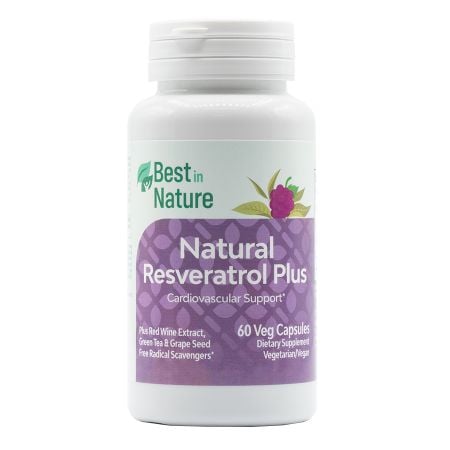
Once you reach a certain age, your doctor starts talking to you a little more about blood pressure, cholesterol and triglycerides. All three of these are risk factors for heart disease but triglycerides aren’t quite as familiar to people as the first two. Let’s take a look at what they are and how you might be able to keep them in check.
What are triglycerides?
Triglycerides are a type of fat (lipid) found in your blood. How does this fat accumulate in the blood?
When you eat, your body converts calories it doesn’t need at the moment into triglycerides. Those triglycerides are then stored in your fat cells. Later, hormones release triglycerides for energy between meals.
If you regularly eat more calories than you burn, particularly from high-carbohydrate foods, you may have high triglycerides (hypertriglyceridemia).
What Are Normal Triglyceride Levels?
Triglyceride levels are normally assessed in the following ranges.
- Normal — Less than 150 milligrams per deciliter (mg/dL), or less than 1.7 millimoles per liter (mmol/L)
- Borderline high — 150 to 199 mg/dL (1.8 to 2.2 mmol/L)
- High — 200 to 499 mg/dL (2.3 to 5.6 mmol/L)
- Very high — 500 mg/dL or above (5.7 mmol/L or above)
What's The Difference Between Triglycerides and Cholesterol?
Triglycerides and cholesterol are both lipids that circulate within our blood but they serve different purposes. Triglycerides mainly serve the function of storing energy whereas cholesterol has a role in the production of hormones, vitamin D synthesis, and the formation of cell membranes.
Why Do High Triglycerides Matter?
High triglycerides may contribute to hardening of the arteries or thickening of the artery walls (arteriosclerosis). This can in turn raise the risk of stroke, heart attack and heart disease.
Extremely high triglycerides inhibit pancreatic function contributing to diabetes.
Can You Lower Triglycerides Naturally?
As with cholesterol, triglycerides come from the food we eat and our liver. So diet and exercise are key but there can still be genetic factors. Barring those, there are a few ways that you might be able to lower your levels.
Avoid Excess Sugar and Refined Carbs

These don’t provide much nutrition and they can lead to higher triglyceride levels in several ways so avoid excess sugar and refined carbs when possible.
- First, excess sugar can be converted to triglycerides in the liver.
- Over time, this excessive sugar consumption can lead to insulin resistance which further impairs the body’s ability to clear triglycerides from the blood.
- Additionally, sugary foods are often calorie dense and easy to overeat. The resulting excess calories are then stored as triglycerides.
A secondary benefit of cutting down on these foods is you’ll likely replace them with more nutrient dense foods like fruits and vegetables.
Reduce or Eliminate Ultra-Processed Foods
While you’re reducing your sugar intake, it’s advisable to also eliminate ultra-processed foods from your diet where you can. These foods are often calorie dense, high in sugar, high in unhealthy fats and lacking in vitamins and fiber.
On top of all of this, ultra-processed foods have their tastes and textures optimized for the most addictive qualities making them easy to overeat. Triglycerides aren’t the only danger when it comes to ultra-processed foods though, the unhealthy fats within can also be damaging to heart health.
Eat More Fiber

This should come naturally as a result of following the previous two steps but it’s worth emphasizing the importance of adding more fiber to your diet. The dietary fiber you take in by eating more fruits and vegetables can slow the absorption of fat and sugar in your small intestine which aids in decreasing your triglyceride levels.
In one study, overweight and obese adults lowered their triglycerides by eating more fiber. And in another, additional dietary fiber was associated with lower weight, blood pressure, blood sugars, cholesterol, as well as lower risk of developing (or dying from) diabetes, heart disease, strokes, and breast or colon cancer.
Omega-3 Is on The Menu

Many doctors recommend having fatty fish twice per week and/ or taking a fish oil supplement. This is because the Omega-3 fatty acids within have shown positive heart health effects.
The Mayo Clinic declares that omega-3 can significantly reduce blood triglycerides in addition to its ability to reduce LDL (bad) cholesterol and raise HDL (good) cholesterol.
Choose Healthy Fats

Studies show that monounsaturated and polyunsaturated fats aka healthy fats can reduce blood triglyceride levels, especially when they’re replacing the saturated fats, trans fats and carbs in your diet rather than just being additional calories.
A study of 452 adults found that saturated fat, as found in meat, butter and cheese, raises blood triglyceride levels whereas polyunsaturated fats found in fatty fish, nuts and seeds lowered them.
Cut Back on Alcohol
As with soda, we often underestimate the number of calories in our beverages, perhaps especially the alcoholic ones. When it comes to alcohol and triglycerides, some studies have found that alcohol consumption can raise blood triglycerides up to 53% even in those who had normal levels to begin with.
Exercise Regularly
Exercise is an important aspect of overall health maintenance and it can help to lower triglycerides in several ways. First, triglycerides are used to store excess energy so increasing exercise can help your muscles utilize triglycerides for energy rather than leaving them to circulate in your blood.
More indirectly, exercise can improve insulin sensitivity meaning the insulin is more effective at its various tasks within the body including clearing triglycerides from the bloodstream. Exercise also stimulates the activity of lipoprotein lipase, an enzyme that helps to break down triglycerides in the bloodstream.
Foods That May Help
As discussed above, certain foods have been associated with lower triglycerides. Consider working these into your diet. They’re most effective when they replace other items. One may not experience benefit from eating any single of these foods in addition to an otherwise poor diet.
- Fatty fish rich in Omega-3 including Salmon, trout, mackerel, and sardines
- Tofu, edamame, tempeh or any other foods that contain soy isoflavones
- Beans, nuts, and seeds, which contain fiber and healthy fats
- Whole grains, such as quinoa, barley, and brown rice
- Vegetables, especially leafy greens, green beans, and butternut squash
- Fruits, especially citrus fruits, and berries
- Avocado
Supplements That May Lower Triglycerides
Omega-3 - These are some of the only supplements recommended by the American Heart Association. Research suggests that they may aid in lowering triglycerides, cholesterol and blood pressure.
CoQ10 - This is another popular supplement for overall cardiovascular health. CoQ10 blocks the activity of a specific enzyme that is responsible for triglyceride formation in the liver.
Niacin - This lesser known supplement also known as Vitamin B3 reduced cholesterol and triglyceride levels in studies. However, some participants noted side effects.
Soluble Fiber - This type of fiber binds to cholesterol in the digestive tract and keeps it from entering the bloodstream.
Bottom Line
Triglycerides are a type of fat that circulates in the blood. Like cholesterol, high levels can contribute to or be an early sign of heart disease and other negative health conditions. Since they come from our diet and liver, there are certain steps that may help to lower the levels of them in one’s bloodstream.
This article is provided for informational purposes only and is not intended to be used as medical advice. If you have immediate concerns about your health, please seek the help of your physician.
*These statements have not been evaluated by the Food and Drug Administration. Products are not intended to diagnose, treat, cure or prevent disease.







Validate your login
Sign In
Create New Account